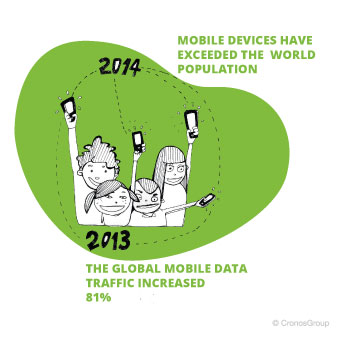It is a fact that as population grows, the metropolis are expanding. People living in urban areas were no more than 29% by 1950, however in 2014 the number achieved the 54% and the proportion is increasing at a very rapid pace. The percentage is expected to grow up to 60% before 2025. More and more inhabitants choose to live in cities and experts have calculated that 1.3 million people are currently moving each week to metropolis. As a consequence, cities are becoming bigger. Nowadays, there are 21 megacities (conurbations with more than 10 million of people), whereas in 1975 there were just 3 (New York, Mexico City and Tokyo).
High density population cities require more water, transportation, place to live, public spaces and energy, and that is why finding solutions is a must. All the answers lie in technology and this is the background idea of “Smart Cities”. According to the European Parliament, ‘A Smart City is a city seeking to address public issues via ICT-based solutions on the basis of a multi-stakeholder, municipally based partnership’.

